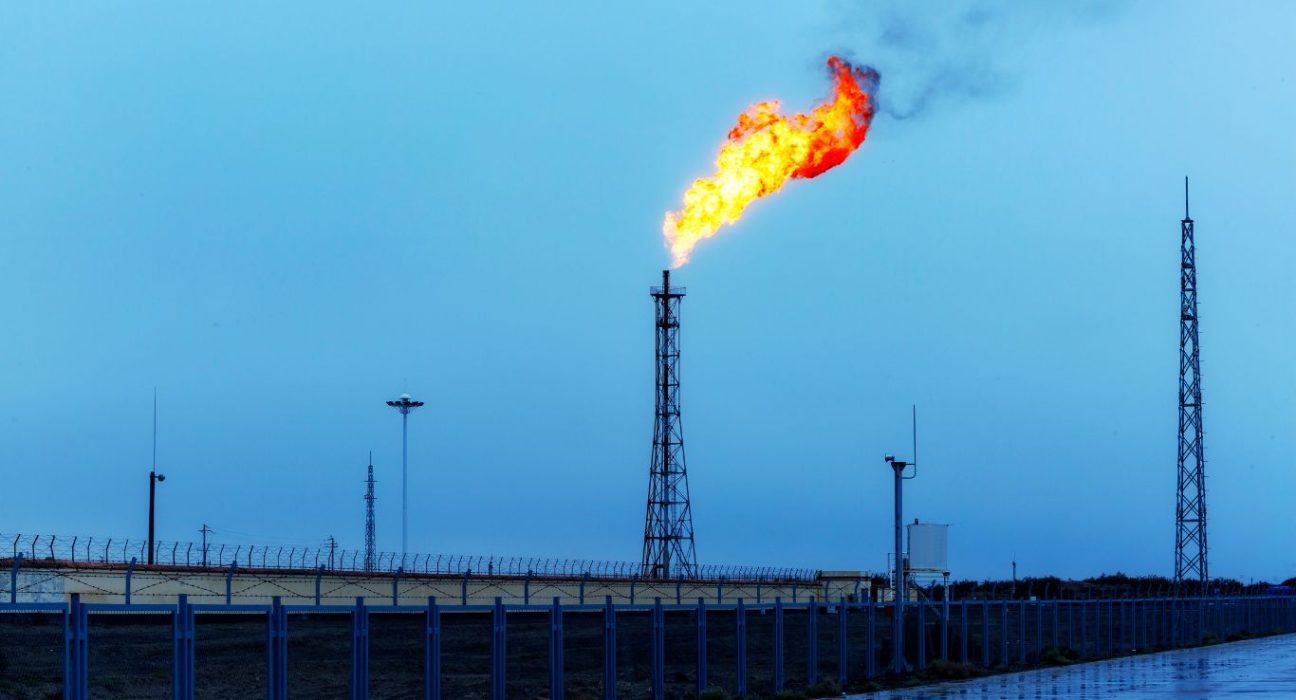Introduction
U.S. natural gas futures have recorded their third straight weekly loss as warmer spring weather approaches. The fuel has fallen to the low $2 levels, and investors are concerned about the lack of heating or cooling demand, which could affect its value. This article delves into the reasons for the decline in natural gas futures, the impact of weather on natural gas demand, and the outlook for the future of the natural gas market.
Why Natural Gas Futures are Declining
Natural gas futures are declining due to the end of an unusually-warm winter and the arrival of balmier spring weather. The lack of heating demand has made natural gas less valuable to investors. Additionally, cooling demand for natural gas is also low due to the mild temperatures that have set in across the U.S.
Another reason for the decline in natural gas futures is the increase in supply. Production of natural gas in the U.S. has remained high despite a decline in drilling activity. This has led to an oversupply of natural gas, which has weighed down prices.
The Impact of Weather on Natural Gas Demand
Natural gas is an important source of energy for heating and cooling homes and businesses. As a result, the demand for natural gas is highly dependent on weather conditions. During the winter months, when temperatures drop, the demand for heating increases, leading to a surge in demand for natural gas.
Conversely, during the summer months, when temperatures rise, the demand for cooling increases, leading to a surge in demand for natural gas to power air conditioning units. However, when the weather is mild, as it is now, the demand for both heating and cooling decreases, reducing the demand for natural gas.
The Outlook for Natural Gas Futures
The outlook for natural gas futures is uncertain. The mild weather is expected to continue for the foreseeable future, which will reduce demand for natural gas. Additionally, the oversupply of natural gas is expected to persist, which will continue to weigh down prices.
However, there are also factors that could increase demand for natural gas in the future. As the U.S. economy recovers from the pandemic, demand for energy is expected to increase, which could lead to a surge in demand for natural gas. Additionally, natural gas is increasingly being used as a cleaner alternative to coal for power generation, which could also boost demand for natural gas in the future.
Conclusion
In conclusion, U.S. natural gas futures have experienced a third consecutive weekly loss due to an unusually warm winter and the arrival of balmier spring weather that reduces demand for heating and cooling. The decline in natural gas futures is also due to an oversupply of natural gas in the market. The outlook for natural gas futures is uncertain, but there are factors that could lead to increased demand for natural gas in the future.










